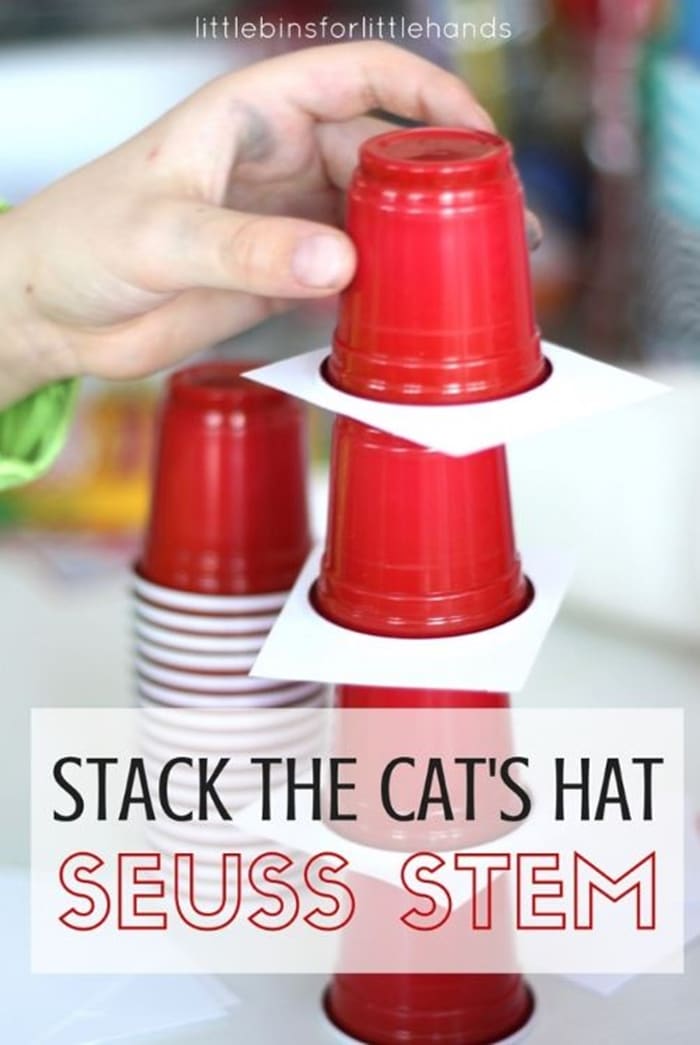
Explore & Create Simple STEM Projects for Elementary Minds

Explore & Create: Simple STEM Projects for Elementary Minds
Igniting Curiosity
Engaging young minds in the wonders of STEM (Science, Technology, Engineering, and Mathematics) doesn’t have to be daunting. In fact, it can be an exciting journey filled with exploration, creativity, and fun! With the right approach and a few simple activities, elementary students can dive headfirst into the world of STEM, sparking curiosity and laying the foundation for a lifelong love of learning.
Hands-On Learning
One of the most effective ways to introduce STEM concepts to elementary students is through hands-on activities. By allowing students to actively participate in experiments and projects, they can experience firsthand the principles of science, technology, engineering, and mathematics in action. From building structures to conducting simple experiments, hands-on learning not only reinforces academic concepts but also fosters critical thinking and problem-solving skills.
Inspiring Innovation
STEM activities provide the perfect opportunity to inspire innovation and creativity in young learners. Whether it’s designing a paper airplane or constructing a makeshift bridge, students are encouraged to think outside the box and explore their imaginations. By fostering a culture of innovation, educators can empower students to tackle real-world challenges with confidence and ingenuity, setting them on the path to becoming future innovators and problem solvers.
Accessible & Engaging
One of the key principles of effective STEM education is accessibility. Activities should be engaging, inclusive, and accessible to all students, regardless of their background or ability level. Simple materials such as paper, cardboard, and everyday household items can be used to create engaging STEM projects that capture the imagination and ignite a passion for learning. By making STEM accessible to all students, educators can ensure that every child has the opportunity to succeed and thrive in the 21st-century world.
Building Confidence
STEM activities not only teach students valuable academic concepts but also help build confidence and self-esteem. As students successfully complete projects and overcome challenges, they gain a sense of accomplishment and pride in their abilities. This newfound confidence spills over into other areas of their lives, empowering them to take on new challenges with courage and determination. By nurturing confidence through STEM education, educators can help students unlock their full potential and become confident, capable individuals.
Fostering Collaboration
Collaboration is a fundamental aspect of STEM education, as it mirrors the collaborative nature of real-world STEM careers. By working together on projects and experiments, students learn how to communicate effectively, share ideas, and work as part of a team. Collaborative STEM activities promote cooperation and teamwork, teaching students the value of collaboration and the importance of collective problem-solving. By fostering a collaborative learning environment, educators can prepare students for success in an increasingly interconnected world.
Encouraging Exploration
STEM education is all about exploration and discovery. From conducting experiments to designing solutions to real-world problems, students are encouraged to explore new ideas and concepts in a hands-on, interactive way. By encouraging exploration, educators can instill a sense of wonder and curiosity in students, inspiring them to ask questions, seek answers, and pursue knowledge. By fostering a spirit of exploration, educators can ignite a lifelong passion for learning and discovery in their students.
Conclusion
Engaging elementary students in STEM education doesn’t have to be complicated or intimidating. By incorporating hands-on activities, fostering innovation and creativity, and creating an inclusive learning environment, educators can ignite a passion for STEM in young learners that will last a lifetime. Through collaboration, exploration, and hands-on learning, students can develop the critical thinking, problem-solving, and communication skills they need to succeed in the 21st century and beyond. Read more about easy stem activities for elementary students



